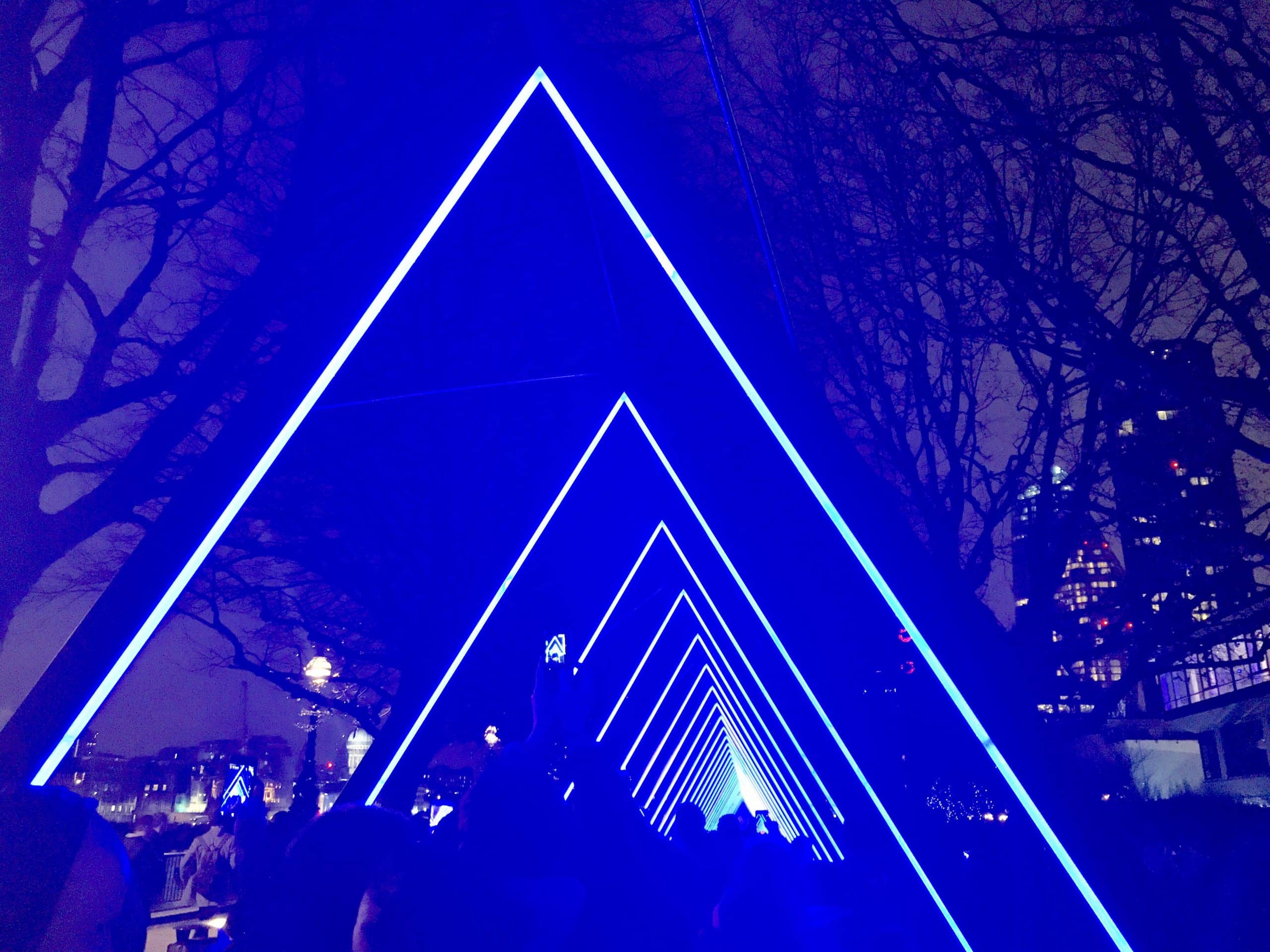Lighting control at the touch of a button or the sound of your voice is no longer a futuristic concept, but a reality in many homes across the UK. In this article, we walk you through the process of setting up a smart lighting system in a home with traditional wiring. Our guide will introduce you to the necessary devices, the function of a smart hub, and how these systems can be controlled via an app. We will also cover different lighting options, including light bulbs and switches. So, let’s delve into the world of smart lights, and transform your space into a modern, convenient, and energy-efficient home.
Understanding the Basics of a Smart Lighting System
Before you begin setting up your smart lighting system, it’s crucial to understand what it entails. A smart lighting system involves a network of lights and devices that can be controlled remotely using a smart device such as a tablet, smartphone, or even a wall-mounted hub. This allows you to turn off or dim lights from any location, schedule lighting times, and even customize lighting themes.
A lire également : How can you create a home library with a secret door in a UK Edwardian house?
Smart lighting systems comprise different components, including smart bulbs, smart switches, and a control hub. The smart bulbs are special light bulbs that can connect to your Wi-Fi network, allowing you to control them remotely. On the other hand, smart switches replace traditional wall switches, giving you the ability to control your home’s lights even when the bulbs are not smart bulbs. Lastly, the smart hub is the heart of the system, connecting all the devices together and enabling communication between them and the control app.
Choosing the Right Smart Lights
When setting up your smart lighting system, you will need to choose the right smart lights for your home. Consider factors such as the size of your home, the number of lights you wish to control, the type of lights (indoor, outdoor, ambient, etc.), and your budget.
Cela peut vous intéresser : How to integrate a retractable home cinema screen in a UK living room without compromising on style?
There are two main types of smart lights: smart bulbs and smart switches. Smart bulbs are the simplest to install; simply replace your existing bulbs with smart ones. They also offer more control options, such as changing colors and brightness levels remotely. However, they tend to be more expensive than traditional bulbs and require more frequent replacement.
Smart switches, on the other hand, replace your existing wall switches. They allow you to control the lights connected to that switch, even if the bulbs themselves are not smart. Smart switches are a more cost-effective option if you wish to control multiple lights at once, but they require a bit more work to install.
Setting Up the Smart Hub
The smart hub is the central point of your smart lighting system. It connects all your devices together and allows you to control them via an app. The hub can be a standalone device, or it may be integrated into another smart home device, like a thermostat or a home security system.
Setting up the hub involves connecting it to your home’s Wi-Fi network and installing the hub’s app on your smart device. The app will guide you through the process of setting up the hub and adding devices to it. Keep in mind that the hub should be placed in a central location in your home to ensure it can communicate with all your devices.
Installing Smart Lights
Once you have chosen your smart lights and set up your hub, the next step is to install the lights. For smart bulbs, the process is as simple as screwing in the bulb and connecting it to your hub using the app. Smart bulbs come with detailed instructions to guide you through the process.
Installing smart switches requires a bit more work. It involves replacing your traditional wall switch with the smart switch. For this, you will need to turn off the power to the switch at your home’s circuit breaker before removing the old switch and installing the new one. Once installed, you connect the smart switch to your hub using the app.
Controlling Your Smart Lights
With your smart lighting system all set up, you can now control your lights using the app on your smart device. You can turn lights on and off, dim them, change their colours (if you have colour-changing bulbs), and even set schedules for when your lights should turn on and off. Some systems also allow you to create lighting scenes or themes that you can activate with a single command.
Additionally, many smart lighting systems can be integrated with voice-controlled smart home systems like Amazon Alexa or Google Home. This allows you to control your lights using voice commands, adding another layer of convenience to your smart home.
By setting up a smart lighting system in your UK home, you not only gain the power to control your lights remotely but also improve your home’s energy efficiency and security. And although it might seem daunting at first, with this guide, you’re well-equipped to make your home a bit smarter. With smart lighting, you can enjoy a modern, convenient, and energy-efficient home.
Using Your Smart Lighting System with Voice Assistants
One of the most exciting features of a smart lighting system is its compatibility with voice assistants like Amazon Alexa or Google Home. This makes controlling your lights even more convenient, as you can do it hands-free and just by using your voice.
Before you can use voice commands, you need to ensure that your voice assistant is set up and has the relevant skills or actions enabled. For Amazon Alexa, you would use the Alexa app, and for Google Home, you would use the Google Home app. Both apps have a section dedicated to smart home devices where you can add your smart lighting devices.
For instance, if you have a Philips Hue smart light system, you can enable the Philips Hue skill in the Alexa app. After enabling the skill, you need to link your Philips Hue account to your Alexa account. Once the accounts are linked, Alexa will automatically discover your smart lights, and you can control them using voice commands like "Alexa, turn on the living room lights" or "Alexa, dim the bedroom lights to 50%”.
If you are using Google Home, the process is similar. You need to link your Philips Hue account to your Google Home account and then you can control your lights using commands like "Hey Google, turn off the kitchen lights" or "Hey Google, change the living room lights to blue".
Keep in mind that different brands of smart lights will have slightly different setup processes and voice commands. Always refer to the manufacturer’s instructions for the most accurate information.
Conclusion: The Benefits of a Smart Lighting System
Setting up a smart lighting system in a UK home with traditional wiring may seem like a daunting task, but with careful planning and the right components, it can be a straightforward and rewarding project.
Smart lighting offers a level of convenience, control, and customization that is unparalleled by traditional lighting. With the ability to control lights remotely, change colors and brightness levels, set schedules, and even use voice commands, smart lighting transforms a home into a truly smart home.
Moreover, a smart lighting system can significantly improve your home’s energy efficiency. By allowing you to control when and how much your lights are on, you can ensure you’re only using energy when you need to. Some systems even offer ‘away’ modes that give the impression someone is home, improving security.
In addition to these practical benefits, a smart lighting system can also enhance the aesthetics of your home. Whether it’s setting the mood for a dinner party with dimmed lighting or turning your living room into a cinema with color-changing bulbs, smart lighting allows your lighting to adapt to your lifestyle.
So, whether you’re a tech enthusiast looking to upgrade your home or someone simply seeking more control over your lighting, a smart lighting system is a worthwhile investment. With the right devices and this comprehensive guide, you’re well on your way to creating a more modern, convenient, and energy-efficient home.






